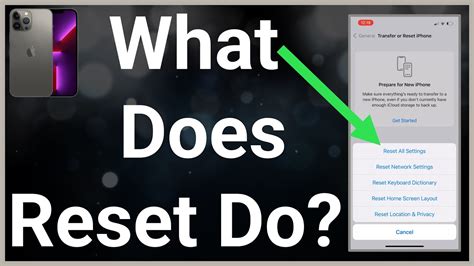What happens when you create a new wallet?

When you create a new Ethereum wallet, several important files and information are generated to facilitate your interactions with the Ethereum network. In this article, we’ll dive into what each of these components represents and how they contribute to your overall experience.
1. Private Key
A private key is a unique, secret code used to sign transactions on the Ethereum network. It’s essential for verifying the ownership and authenticity of coins received from other users or transactions on the blockchain. A new wallet will typically generate a new private key when you create it, which can be securely stored on your device.
2. Public Key
A public key, also known as an address, is a unique string of characters used to receive and send Ether (ETH) on the Ethereum network. It’s essentially a digital identifier that serves as proof of ownership for each account. When a new wallet is created, a new public key is typically generated, which can be shared with others or stored securely.
3. Transaction Signature
When you send transactions to other users or nodes on the Ethereum network, your private key is combined with a unique transaction signature using the Keccak-256 algorithm. This signature verifies that you, as the account owner, have authorized the transaction and that it conforms to the agreed-upon rules. The public key, together with the transaction signature, forms the hash of the transaction data.
4. Blockchain Address
The blockchain address is a unique string of characters (usually eight or twelve) that represents the balance of your Ethereum wallet. It is often displayed as “0x…” followed by a hexadecimal representation of its length and a sequence of eight to eleven digits. This address can be used to receive Ether, send Ether to other users, or access specific Ethereum network features.
5. Account Balance
The account balance is the current total value stored in the private key of your Ethereum wallet. It reflects the sum of all coins, tokens, and other assets owned by you as the owner of an account.
6. Private Key (Wallet Seed)
In some cases, a new wallet may generate a wallet seed upon creation. This seed consists of a series of words used to create a new Ethereum wallet with a specific key pair. The private key is generated using the seed and can be shared or stored securely to facilitate future transactions.
Is the public key the same as the address?
While both terms are often used interchangeably, they refer to slightly different things:
- Public Key: A unique string of characters representing a digital identifier that serves as proof of ownership of an account. It is typically displayed in a blockchain address (e.g., “0x…”).
- Blockchain Address: The actual public key used to receive Ether or access specific features on the Ethereum network.
In short, when you create a new wallet, it generates:
- A private key
- A public key (address)
- Transaction signature
- Blockchain address
The private key serves as a unique authorization code for transactions, while the public key represents your ownership and identity on the Ethereum network.